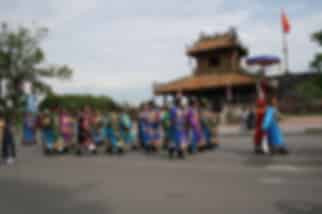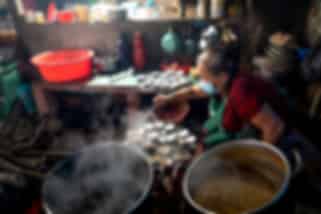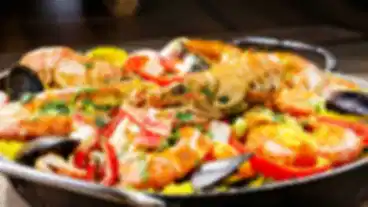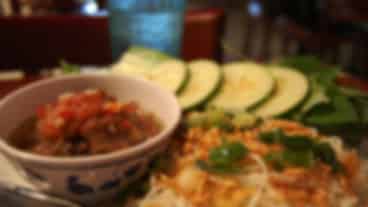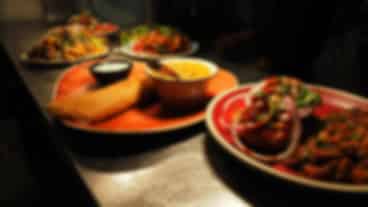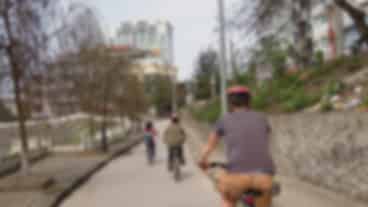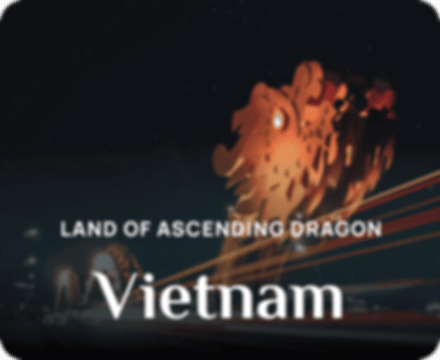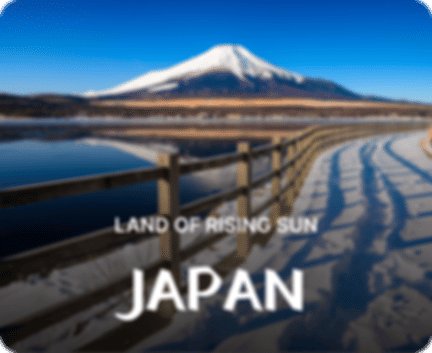Rice Farming in Northern Vietnam: Field Guide, Volunteer Tips & Hands-On Experience
Author
Bhumika
Updated Date
October 23, 2025
Read
5 minutes
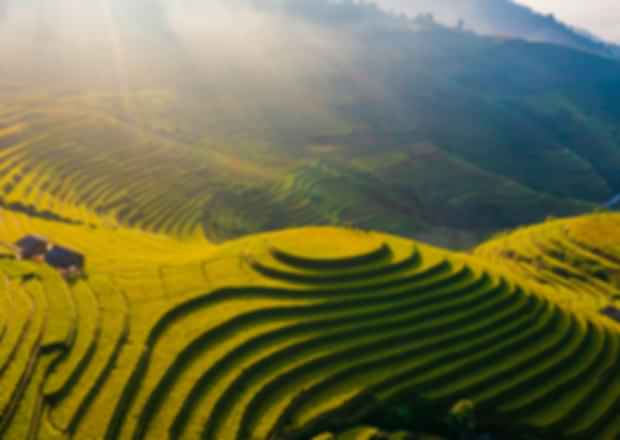
Rice farming in Northern Vietnam is not just an agricultural practice; it is a living expression of smallholder culture, seasonal knowledge, and physical craftsmanship. From the Red River Delta to highland terraces, rice cultivation demonstrates how human ingenuity, climate adaptation, and community cooperation converge to feed a nation. This guide is for travellers, volunteers, and enthusiasts interested in hands-on rice farming experiences. You’ll learn step-by-step field practices, seasonal rhythms, tools and techniques, and local etiquette, ensuring that your participation is both effective and culturally respectful.
Rice Farming in Vietnam: Seasons, Altitude, and Climate
Timing is Everything
Northern Vietnam’s geography and climate dictate rice farming schedules:
- Delta regions: Planting peaks in spring and early summer; volunteer opportunities arise after nursery work or during communal harvests.
- Mid-altitude valleys: Work aligns with the first reliable rains, usually between the receding monsoon and harvest.
- Highland terraces: Cold weather delays planting; your window opens after the last spring chill.
Climate Hazards
- Monsoons & Floods: Excess water can destroy young crops; terraces rely on strong bunds.
- Cold Snaps: Sudden frost may kill seedlings on high terraces.
- El Niño/La Niña: Global weather patterns affect planting windows; local officials monitor these closely.
Field Tip: Always confirm month-by-month calendars with local agricultural offices to avoid surprises. Align with the community’s irrigation schedule, as their timing outweighs regional averages.
Step-by-Step Rice Farming Process in Northern Vietnam
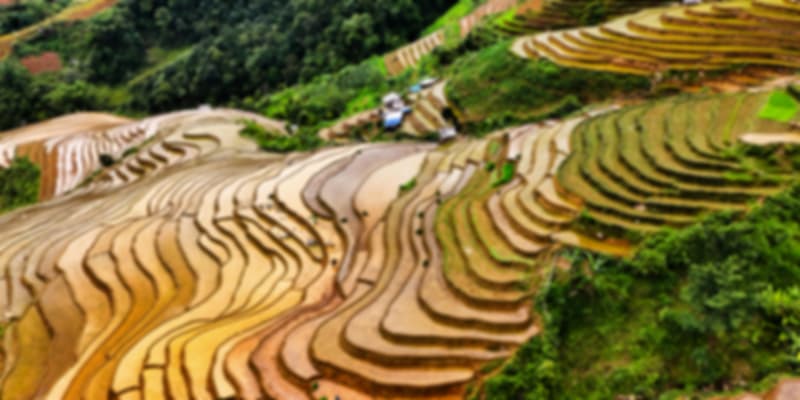
1. Choosing and Preparing a Field
Inspect bunds, water inlets/outlets, and terrain. Puddling, flooding and breaking soil clods -sets the stage for everything that follows.
2. Nursery Management
- Sow seedlings on raised beds with partial shade.
- Harden seedlings gradually before transplanting.
- Use treated, clean seeds to prevent early crop failure.
3. Transplanting Methods
- Traditional: Dense planting, higher labour.
- SRI (System of Rice Intensification): Wider spacing, single seedlings, careful timing, fewer seeds, but more hand weeding.
4. Water Management
- Shallow flooding early, mid-season drainage or alternating wet/dry cycles reduces water usage and methane emissions.
- On terraces, constant check-dam maintenance is essential.
5. Fertility & Pest Control
- Apply phosphorus and potassium at transplant; nitrogen later.
- Weekly pest scouting, biocontrol, and low-toxicity treatments.
6. Harvest and Post-Harvest
- Harvest when ~80% grains are mature.
- Seed moisture: harvest at 18-20%, dry to 13% for storage.
- Vigilance and tarps are crucial during drying.
Varieties of Northern Vietnam Rice
Northern Vietnam hosts diverse rice varieties:
- Glutinous rice: Common in terraces and festivals.
- Fragrant long-grain: Suited for irrigated lowlands.
- Upland landraces: Adapted to steep slopes and microclimates.
Seed selection often blends traditional lines and certified improved varieties. Local extension offices and nurseries are your best resources.
Traditional vs Modern Rice Farming Methods in Vietnam (SRI)
SRI (System of Rice Intensification) can save water and increase yield, but it requires:
- Reliable water control
- Adequate labor
- Demonstration plots to prove results
Traditional planting persists on terraces and in areas with labour constraints.
Tools, Time, and Logistics for Hands-On Volunteers
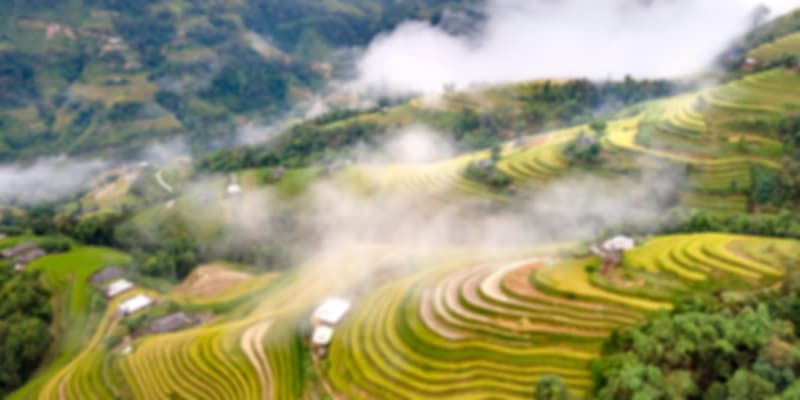
| Aspect | Delta & Flat Paddies | Highland Terraces |
| Tools | Long hoes, rakes, buckets, power tillers, and mechanical transplanters | Short-handled hoes, spades, sickles, hand mills, mini-threshers |
| Labor Hours | Land prep → nursery → transplanting → weeding → harvest | Same stages, slower pace due to altitude & manual water control |
| Costs | Seed, fertiliser, water, hired labour, powered gear | Mostly labour and seed; minimal mechanisation |
| Safety | Sun protection, hydration, PPE for agrochemicals | Layered clothing, hypothermia prevention, and careful footwear |
Volunteer Tips:
- Respect household and community routines.
- Accept local customs like tea; always ask before photographing.
- Secure proper visas and host permissions.
Rice Field Insights: Real Experiences in Northern Vietnam
- Red River Delta: Full immersion in nursery prep, transplanting, and harvesting. Tight bunds and meticulous care save more effort than any intervention.
- Highland Terraces: Daily routine includes transplanting, water checks, and seed sorting. Slow, deliberate, and deeply satisfying.
- Quick Win Example: Mid-season drainage and early transplantation increased crop resilience and yield. Precision matters more than brute force.
Documenting and Learning Rice Farming in Vietnam
- Photos: Nursery beds, seedlings aged 15-25 days, terrace layouts, pest scouting.
- Videos: Transplant spacing, water-level adjustments, hand-threshing.
- Diagrams: Terrace side views, SRI vs traditional planting, flood levels.
Key Local Resources:
| Resource | Use |
| Provincial Agricultural Extension | Crop calendars, seed advice, pest thresholds |
| Seed Suppliers & Nurseries | Certified and traditional seeds, nursery management guidance |
| Volunteer Programs | Supervised placements, insurance, and physical thresholds |
| Agricultural Colleges/Training Centres | Demos, SRI trials, volunteer guidance |
| Farmer Cooperatives | Shared tools, harvest work, community coordination |
| Travel/Concierge Services (e.g., Pickyourtrail) | Language, permits, insurance, logistics |
Vietnam Tour Package @ ₹ 36,199
Final Thoughts: Rice Farming in Vietnam
Experience the heart of rural life through hands-on rice farming in Northern Vietnam. From the paddies of the Red River Delta to highland terraces, join local farmers to learn about crop cycles, irrigation, and harvesting. This immersive experience, often part of a Vietnam tour package, offers a deeper connection to Vietnamese culture, traditions, and food, far beyond what any guidebook can offer.
FAQs: Northern Vietnam Rice Farming
Q1: How long is the rice farming season?
A: Varies by variety, region, and climate. Check local calendars.
Q2: What seedling age is ideal for transplanting?
A: 15-25 days is typical; verify with hosts.
Q3: How dry should rice be for storage?
A: 13% moisture is standard; local advice is critical.
Q4: Are volunteering programs beginner-friendly?
A: Yes, with supervision and proper guidance from hosts or programs.
Q5: What essential gear do I need?
A: Rubber boots, gloves, sun/rain protection, water, a knife, and a notebook.
Recommended articles for you
Discover Packages


Need help in planning?
Talk to our Travel Experts


